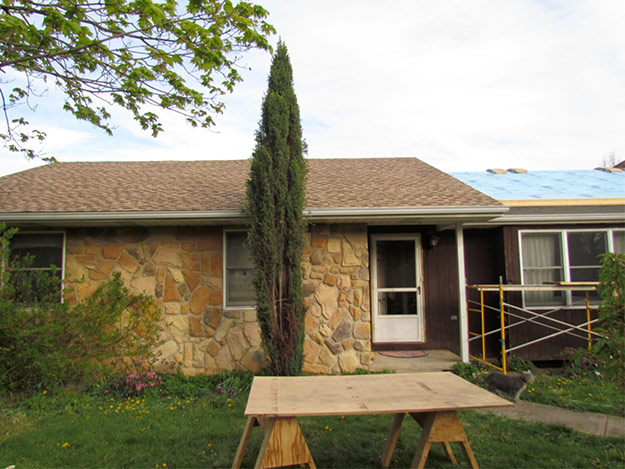Interesting Discounts
Suppose you go to a bank and deposit one thousand dollars (or euros, or yuan, or whatever currency you prefer), which the bank promises to return to you at some time in the future. You will expect the bank to return more than you deposited. Say they promise to give you $1040 in a year. The difference, 1040-1000=40, is your interest. To get the interest rate, you need to divide the interest you received by the amount you put in the bank at the start, 40/1000=0.04. Most people dislike talking about an interest rate of 0.04, so they multiply by 100 and say the interest rate is 4%. Your bank probably had a big sign out front advertising “4% interest rate on savings!” Clearly, if you had deposited more, you would have gotten more interest at the same interest rate—put in 1,000,000, get back 1,040,000, the interest is 1,040,000-1,000,000=40,000, and the interest rate is 40,000/1,000,000=0.04 or 4%, just as before.
But, there is no requirement that you compare the interest to the amount you started with. Suppose instead that you divided by the amount you finished with. Go back to your original investment of 1000 that becomes 1040 in a year, with interest of 40, and calculate 40/1040=0.038 or 3.8%. That is the discount rate. (In the ENRICHMENT linked below we show that we could have set up the example so that the discount rate came out to be a nice easy number, with the interest rate harder to remember—a 4.17% interest rate gives a 4% discount rate, for example.)
Enrichment
Want to learn more?
Read the enrichment titled Interesting Discounts.
Next, suppose you see a problem. Say, the roof on your house is leaking. Fixing the roof today will cost you the $1000 that you happen to have in your wallet. If you don’t fix the roof, then in 20 years the roof will still cost $1000 to fix. (We have ignored inflation because economists can correct for it before making the calculation, as described in the ENRICHMENT. And, you could spend the $1000 on many other things, including a party or a vacation, a point to which we’ll return soon. Just go along with us for now.) But, if you wait 20 years to fix the leak, the dripping water will cause another $1000 in damage to your house, so the total repair will cost $2000 in 20 years. Should you spend the money from your wallet to fix the leak now, or invest the money and fix the leak in 20 years?

To answer this question, you can calculate how much money you would need to invest now so that you have $2000 in 20 years to fix the roof—this is often called the present value of the future cost. If this present value is less than the $1000 needed to fix the roof now, then you could invest the present value in a “fix the roof in 20 years” fund, and have the rest of your $1000 to spend on other things; however, if the present value is more than $1000, you would be better off economically to fix the roof now.
In our example, with a 4%=0.04 discount rate and a future cost of $2000 in 20 years, the present value is 2000/(1+.04)20=913. Hence, you can invest $913 in your “fix the roof in 20 years” fund, and use the rest of your $1000 for other things now. (If you prefer an equation with symbols, let the present value be P, the future cost F, the discount rate be D%, the number of years be t, and the equation is P=F/(1+D/100)t; D/100 turns the 4% into .04, add that to 1, raise the resulting 1.04 to the t th power, and divide F by all of that.)
The issue is similar for society dealing with fossil fuels. Fossil-fuel CO2 emissions cause damages that are costly to us and to other people in the future, and those damages increase as more CO2 is emitted. So, just as for your leaky roof, we could avoid future costs by spending money now to reduce CO2 emissions. But, money spent reducing CO2 emissions is money that is not used for other purposes, such as investing in growing the economy so that our grandchildren and their grandchildren are much wealthier than we are and can afford to solve the problems caused by the CO2. The decision whether to fix the roof now or later is similar to the decision whether to reduce fossil-fuel emissions now or pay to fix the damages later.
If the discount rate is high, then the troubles our CO2 causes for future generations of people have very little present value; then, if we behave in an economically optimal manner, we should spend only a little money trying to reduce our CO2 emissions. If the discount rate is low, then optimal behavior now involves spending more to reduce CO2 emissions.
We’ll discuss how this calculation is made later. But first, let’s take a closer look at what sets the numerical value of the discount rate—1% or 4% or 7%—because it is the most important control on what behavior is economically optimal if we look at the problem in this way.
